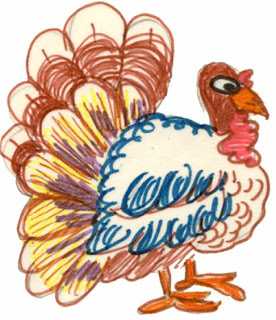I hope you had a lovely holiday with your little ones this year. Through the magic of video conferencing, we were able to see our grandchildren. It is, as you may guess, it is not nearly as good as being right there with them, but knowing that they are healthy, happy, and can connect with us has its own rewards.
Now, at the end of the year, I scan through my clippings from Bringing up Baby, looking at the topics I covered and whether the information was written well and conveyed the messages I value. I think about the topics I may choose to cover in 2012.
In 2011 we covered the topic about the difference in boy thinking and girl thinking, oral health with a talkline conversation with Dr. Nilesh Thakker of the Marshfield Dental Center, math skills, literacy, a parenting talkline conversation with Dr. Harry Ireton, principles of good discipline, picking up trash, and sharing our values with our young children. These are all important topics to revisit every year, but I wonder what readers in 2012 may be interested in that I may have not talked about? I hope you call or email with your ideas on bringing up babies so we can have a great conversation in 2012.
For all of you who have new sleds or skis or snowsuits, here is a song to end our snowless December.
Song
Oh Mr. Cloud, Cloud, Mr. Fluffy Cloud
Please snow down on me
Oh Mr. Cloud, Cloud, Mr. Fluffy Cloud
Snow is what I want to see
These little children are asking you
To send some snow, Oh Please won’t you?
Oh Mr. Cloud, Cloud, Mr. Fluffy Cloud
Please snow down on
Please snow down on
Please snow down on me!
(tune: Oh Mr. Sun)













